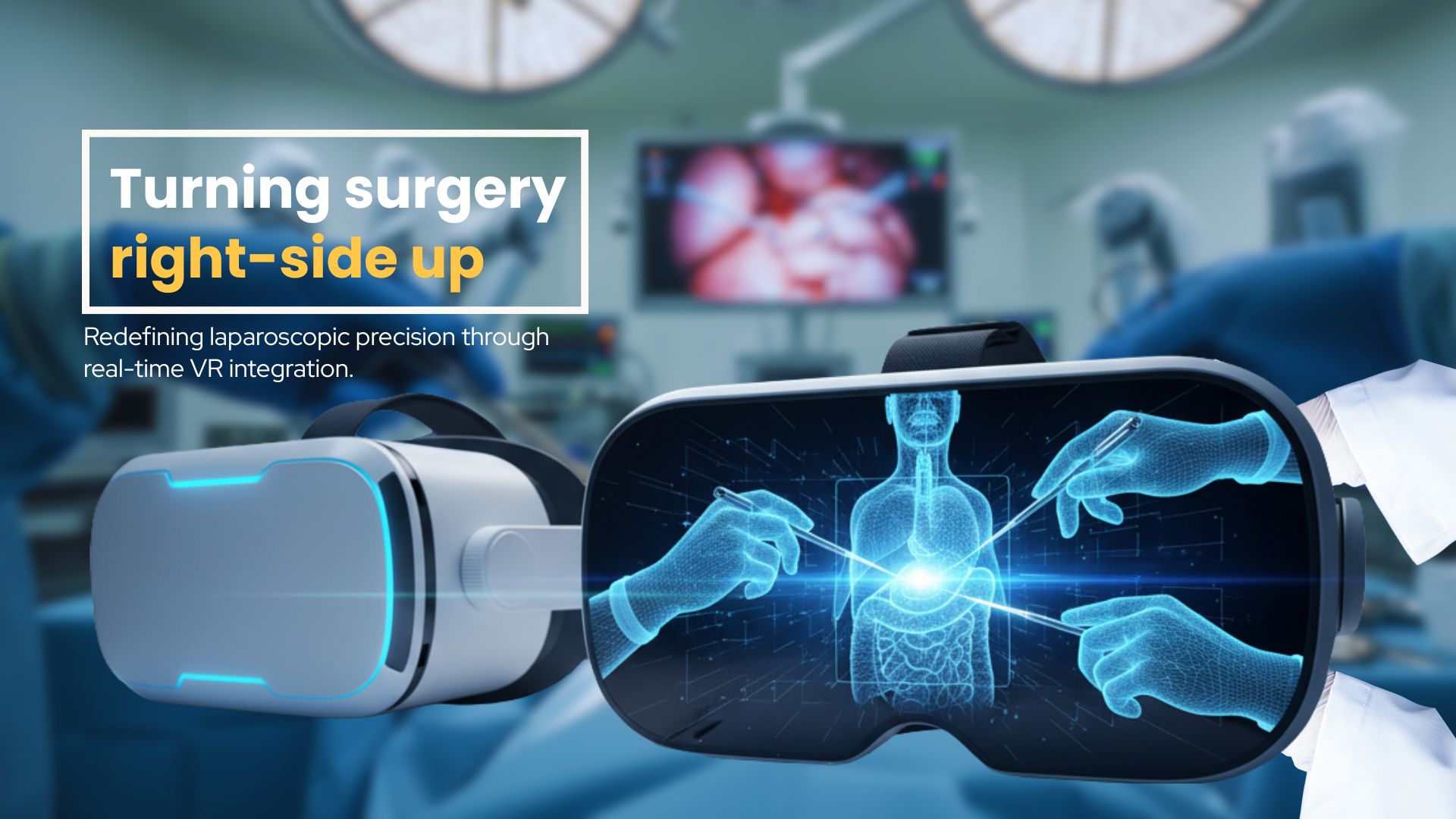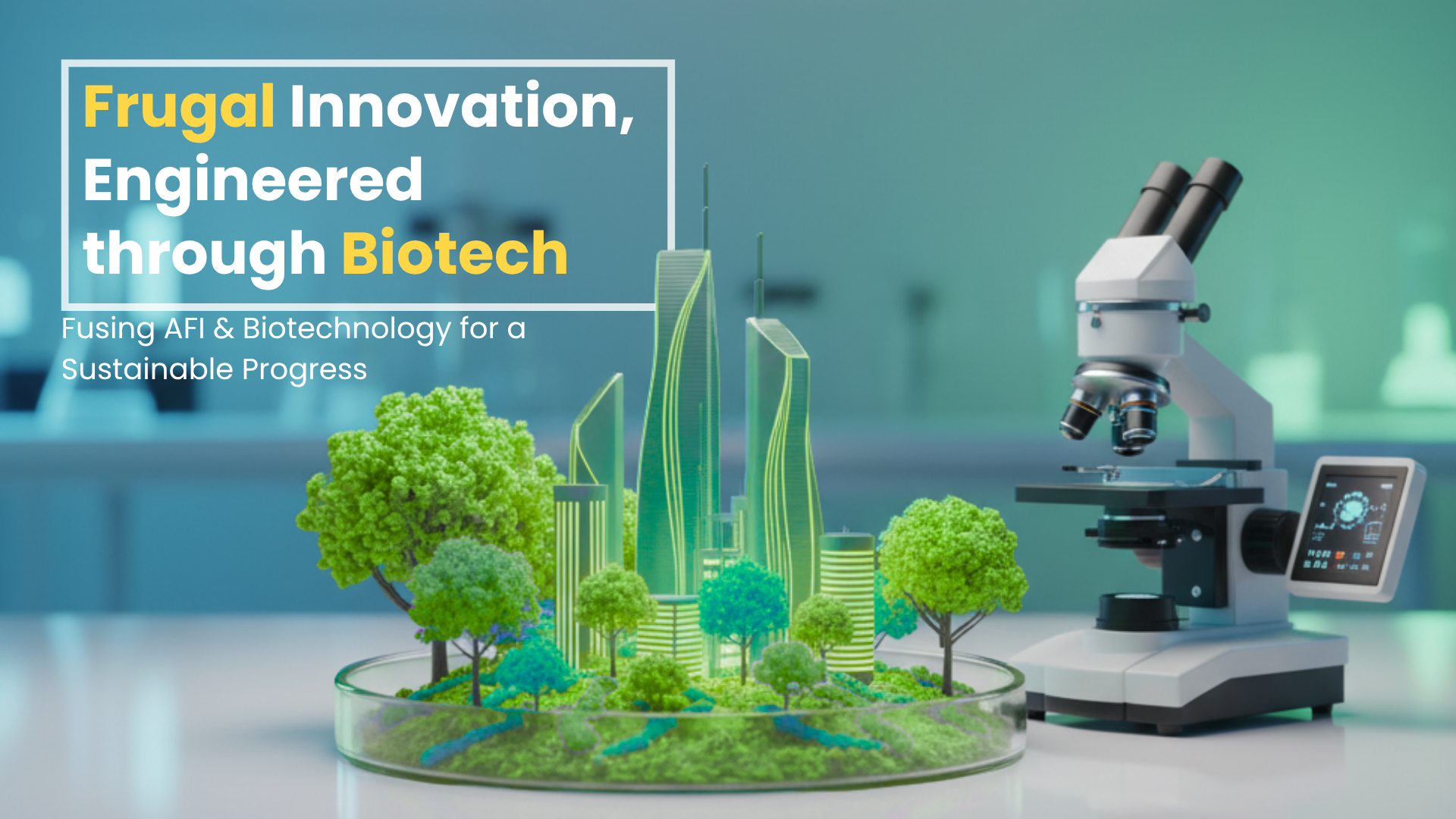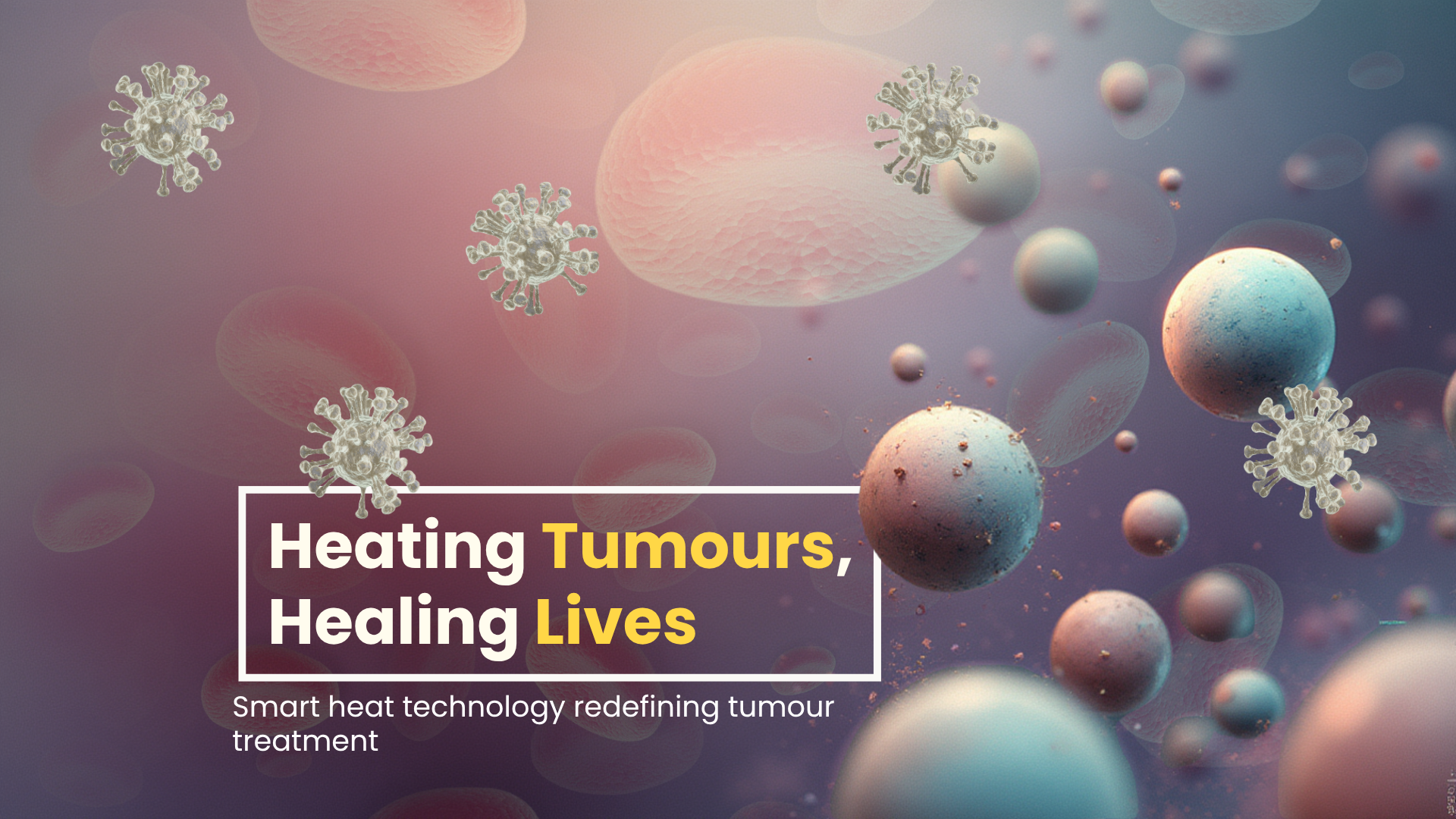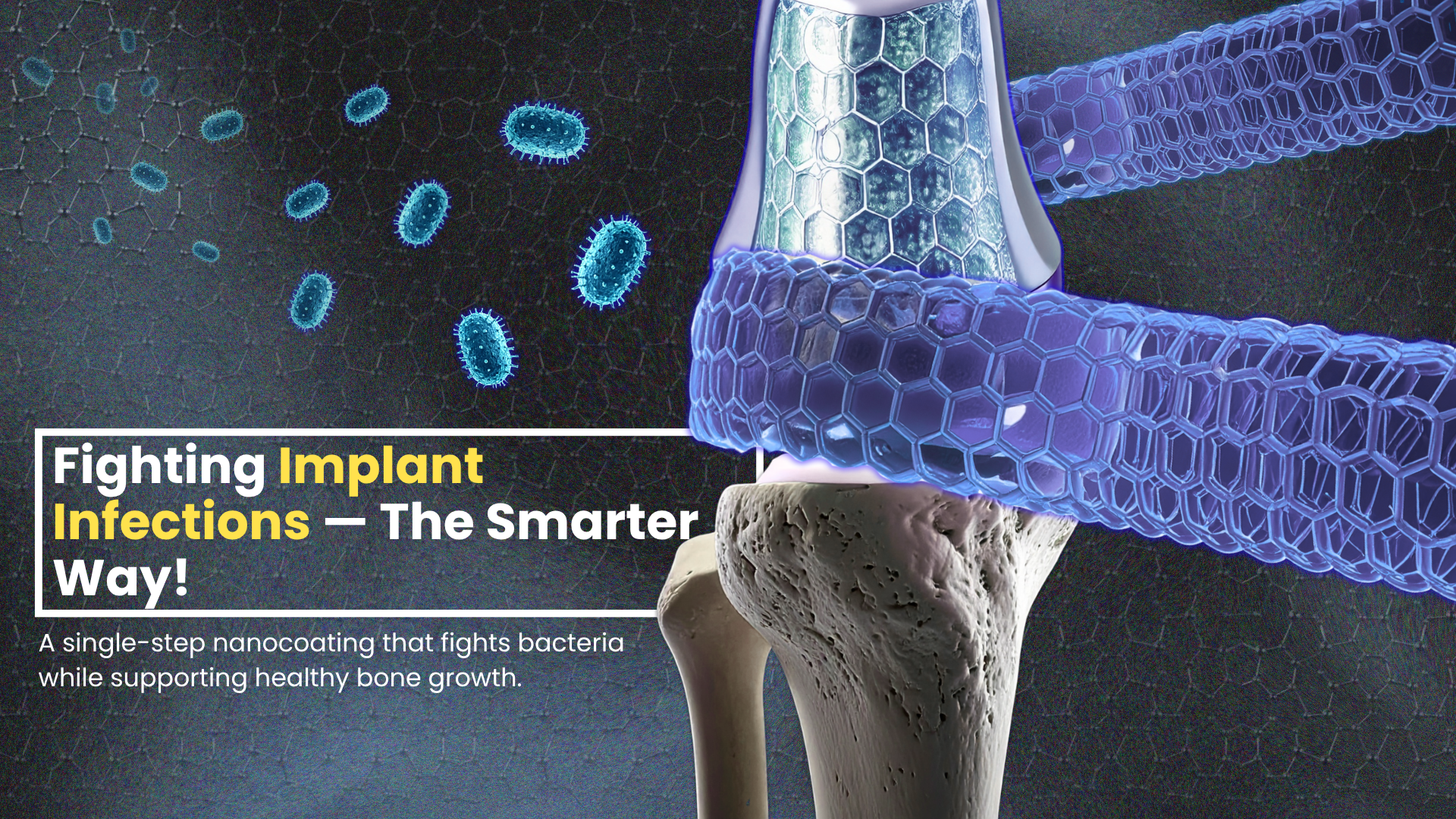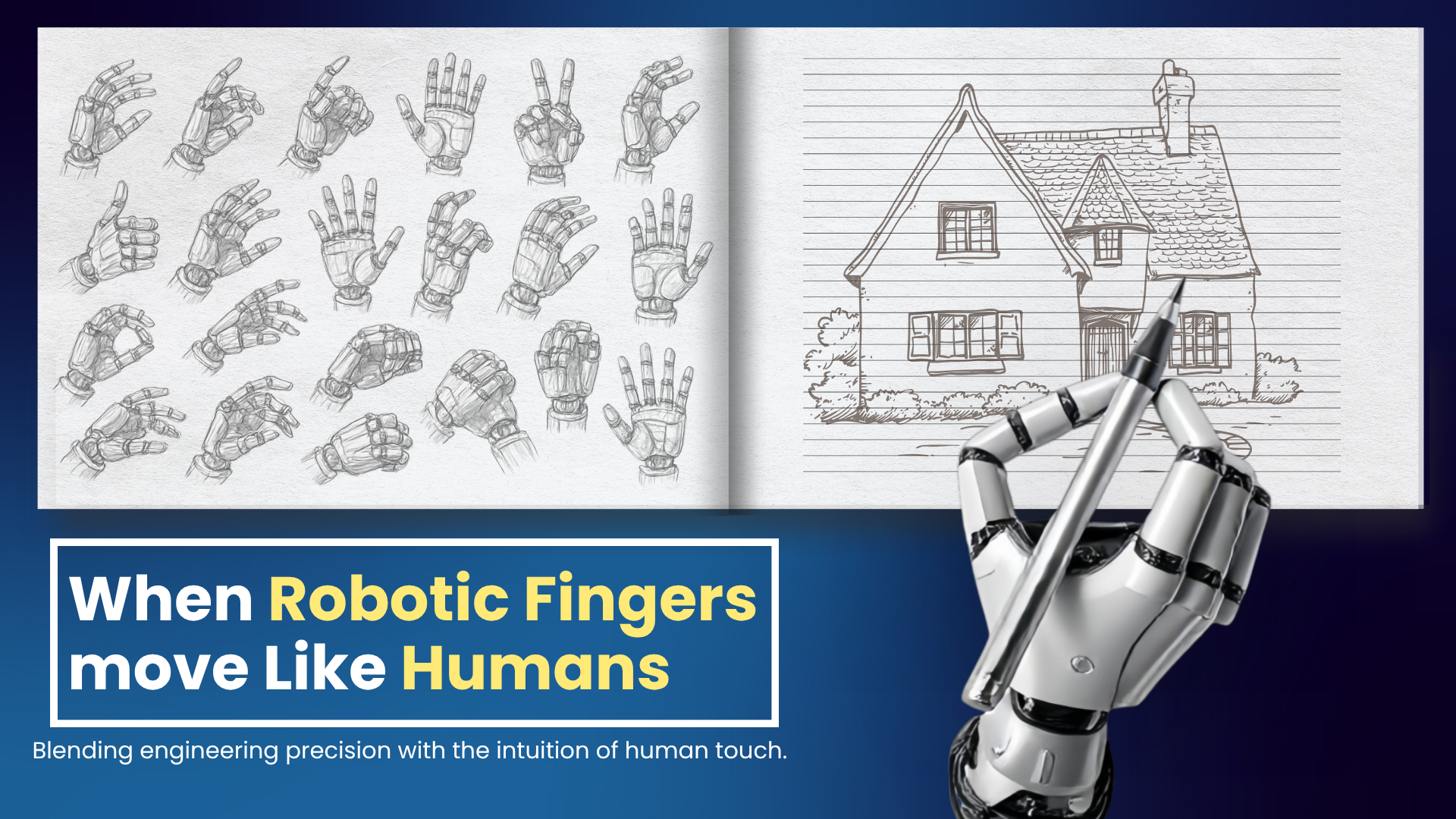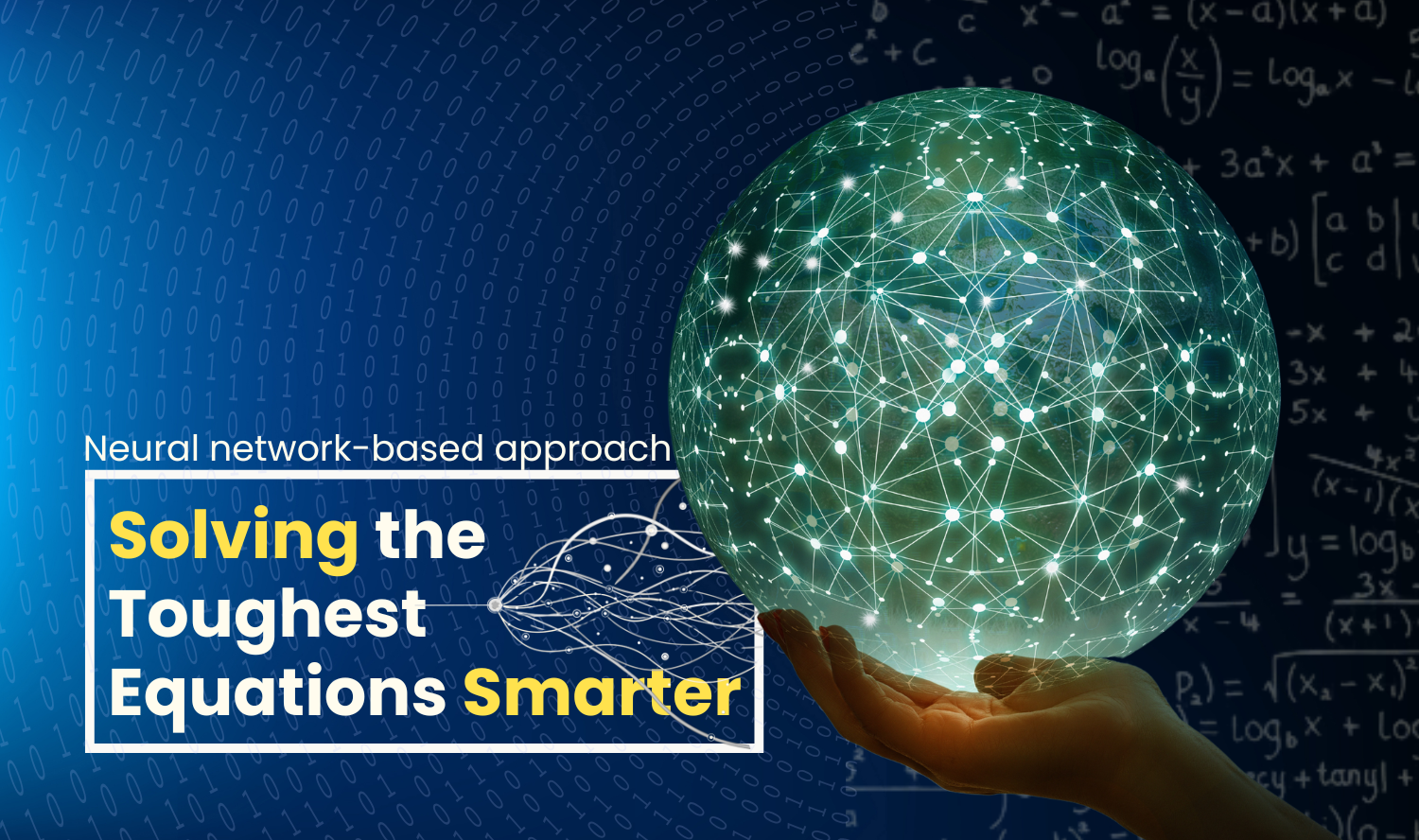
One of the greatest miracles on this earth is the process of giving birth. It is so common and yet so delicate. The nine to ten months of a woman giving birth to a child have to be met with the utmost care and attention.
It is, therefore, shocking to know that nearly 30 per cent of women in India and lower and middle-income countries (LMICs) seek their first antenatal care (care given before birth) only after their first trimester (14 weeks of pregnancy). Knowledge of the proper age of the foetus is essential for planning and taking care of the pregnant mother, planning any interventions and finally, taking care of the newborn properly.
Currently, the established Hadlock formula is used to determine the age of the foetus in the second or third trimesters. However, this formula was developed using a small sample of pregnant women from a North American population. Therefore, this formula is not accurate for Indian women and women from other LMICs as there are many differences, such as the size of the foetus. The size of the foetus in Indian and LMIC women is generally smaller than that for Western women.
There is, therefore, a need to have a different formula to determine the gestational age (GA) of Indian and Southeast Asian women.
In this study, researchers from the Indian Institute of Technology Madras, Chennai, India; Translational Health Science and Technology Institute, Faridabad, India; and Christian Medical College, Vellore, India, have worked together to develop an Indian population-specific model called Garbhini-GA2 to determine the gestational age for the second and third trimesters of pregnancy.
Notable researchers in this team include Dr Veerendra P. Gadekar and Dr Himanshu Sinha from the Department of Biotechnology, Bhupat and Jyoti Mehta School of Biosciences, Indian Institute of Technology Madras, Chennai, India, who are also affiliated with the Centre for Integrative Biology and Systems medicinE, Indian Institute of Technology Madras, Chennai, India, and Robert Bosch Centre for Data Science and Artificial Intelligence, Indian Institute of Technology Madras, Chennai, India. Dr. Gadekar is one of the first authors of this paper, and Dr. Himashu Sinha is the corresponding author.

Dr. Ramachandran Thiruvengadem, co-corresponding author, is affiliated with the Pondicherry Institute of Medical Sciences, Puducherry, India. Dr. Shinjini Bhatnagar from the Translational Health Science and Technology Institute, Faridabad, India, is a senior author of this paper.
Garbhini-GA2 is the first Indian-specific Artificial Intelligence (AI) model to determine the age of the foetus.
Data from GARBH-Ini (Interdisciplinary Group for Advanced Research on BirtH Outcomes DBT India Initiative), funded by DBT, Govt. of India, was used to develop the Garbhini-GA2 model.
The researchers of this paper had previously developed a model called Garbhini-GA1, which utilised crown-rump length (CRL) measurement. This was developed to determine the first trimester age of the foetus and was on par with the Hadlock and INTERGROWTH-21st models. This was used as the “gold standard” upon which the Garbhini-GA2 model was developed.
The study was done on the GARBH-Ini cohort in North India, and the developed models were validated using unseen data from the same cohort and an independent external cohort from South India.
The Garbhini-GA2 model was developed to accurately determine the gestational age of pregnant women in the second and third trimesters. It was more accurate than Hadlock, and the recently developed INTERGROWTH-21st formulae reduced the error by about three times.
The preterm birth (PTB) rate was also more accurately predicted using the Garbhini-GA2 model compared to Hadlock and INTERGROWTH-21st formulae.
The Garbhini-GA2 model is simple to use and transparent. It is also close to real-world clinical conditions.
This model aims to overcome the challenges faced in LMICs such as India, where pregnant women miss the opportunity for accurate GA dating as they seek antenatal care only after the first trimester.
The Garbhini-GA2 model has the potential to be used across Southeast Asia. Its application will benefit clinicians, epidemiologists, and biologists.
Dr Gagandeep Kang, who is a prominent Indian microbiologist and virologist and has been leading the work on enteric diseases, diarrheal infections, and disease surveillance at the Bill and Melinda Gates Foundation, praised the efforts of the organisations and the authors involved in accomplishing this feat with the following comments: “The age of a foetus in uterus determines what needs to be done to monitor and manage pregnancy and the early life of a baby. In this paper, researchers from IITM, THSTI and CMC used data from a north Indian pregnancy cohort to develop and test a method for gestational age determination in the second and third trimesters, which was then validated in southern India. The study was conducted solely on Indian women, differing from prior studies on Caucasians and mixed populations. The Garbhini-GA2 method is more accurate than other methods, and commendably, the authors used multiple modes of analysis to determine their findings. Multiple Indian institutions coming together with their unique data and expertise to frame and answer questions relevant to India is unusual and inspiring—and I hope the shape of the future.”
Article by Akshay Anantharaman
Click here for the original link to the paper


